Among the many reasons to grow heirlooms is the way they help us connect to us to culture and history. You don’t have to be a re-enactor to experience a piece of the past. The simple act of growing heirlooms is an easy way to live a part of history and connect with the daily lives of ordinary people. A great resource on historic gardening in the United States is Thomas Jefferson’s Monticello.
Thomas Jefferson was extremely interested in horticulture. Just in the terrace garden at Monticello there were over 330 vegetable varieties grown. His passion for plants led to the founding of the Thomas Jefferson Center for Historic Plants at Monticello in 1986. They work to preserve historic varieties and encourage appreciation of garden history. A few of the heirlooms that SESE carries were actually grown at Monticello.
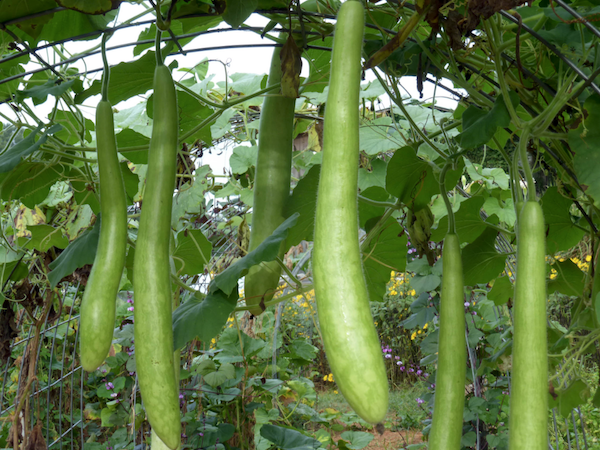
This Italian heirloom makes a wonderful, bug-resistant zucchini substitute. It does have big, sometimes 20 ft. long sprawling vines so you’ll need quite a bit of space. At Monticello they’re grown up sturdy, 10 ft. tall, wooden arbors.
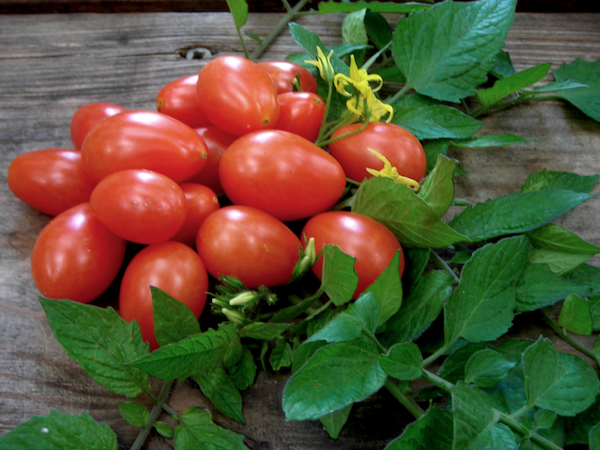
This variety isn’t directly from Monticello but it may have been served at Monticello as a dessert, sliced and dusted with powdered sugar. It was given to Dustin Swanland by his Italian aunt and introduced by SESE in 2013.
Red Wethersfield Dry Bulb Onion
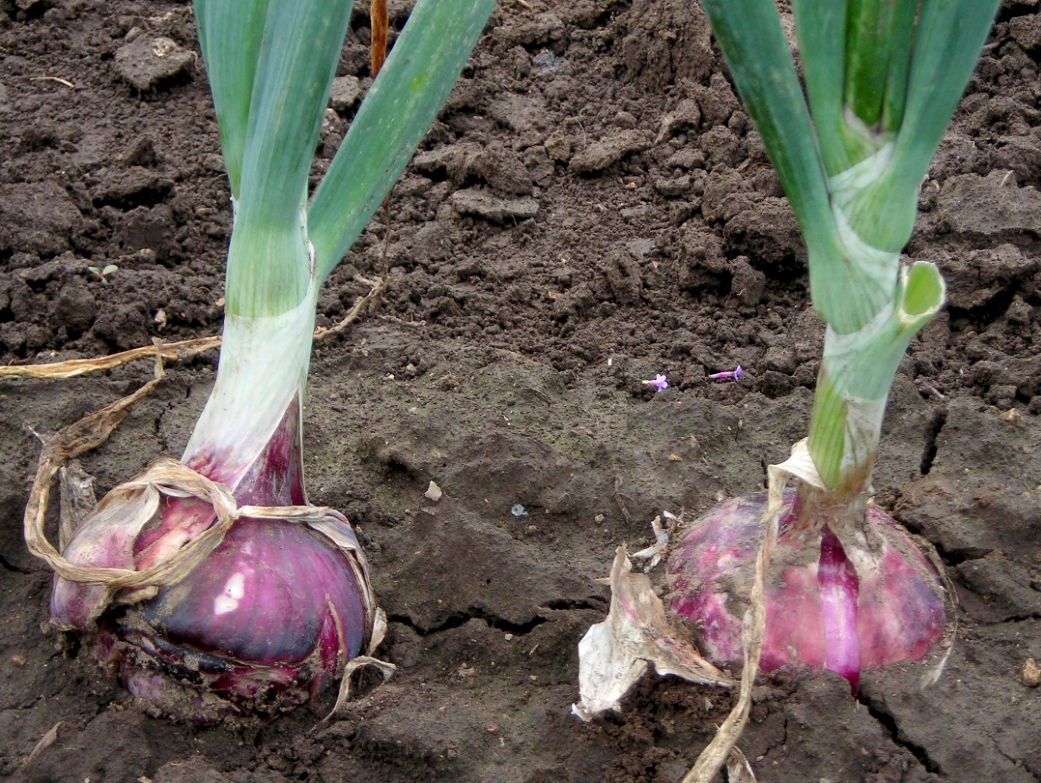
Grown at Monticello, this onion has excellent flavor and is a good keeper. It’s named for Wethersfield Connecticut where it was developed by local farmers.
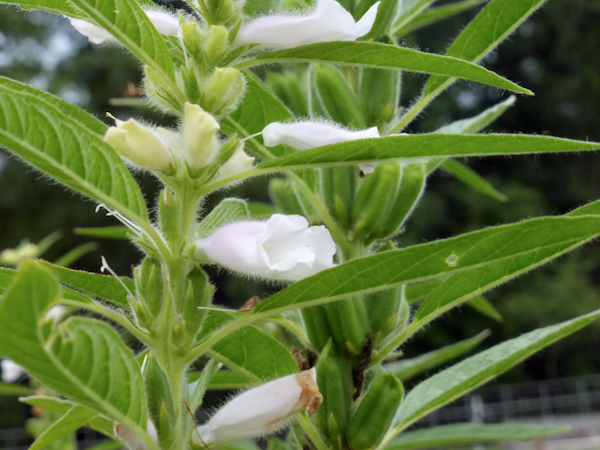
Sesame isn’t common in the modern backyard garden but Thomas Jefferson loved growing it. This variety is vigorous and heat-loving.
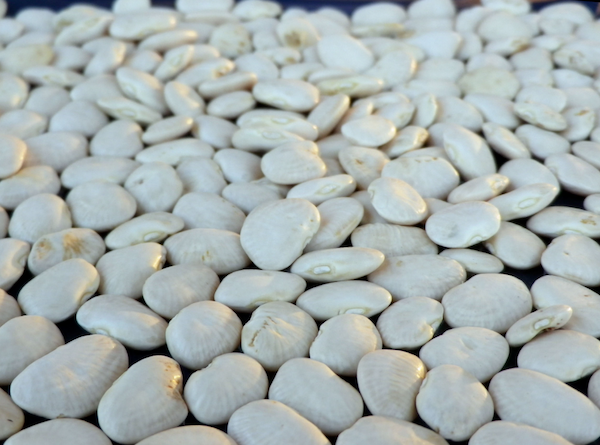
Another of Jefferson’s favorites, this delicious lima bean is productive and drought-tolerant. It can grow up to 10 ft tall and requires a sturdy trellis.
Tennis Ball Batavian / Crisphead Lettuce

This variety is best grown in the spring. It was grown at Monticello and dates back prior to 1804!
Whippoorwill Southern Pea (Cowpea)
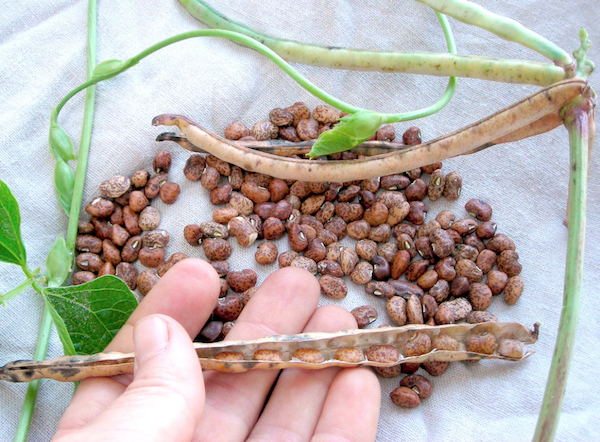
This variety was actually brought to the Americas from Africa during the slave trade. As it is drought-tolerant and does well in nearly all soils it was once the standard southern pea. It can be eaten green or dried.
If you’d like to learn more about heirloom varieties, Monticello’s gardens, or historic gardening in general please consider making a trip to the 12th Annual Heritage Harvest Festival at Monticello on September 22nd!
http://www.heritageharvestfestival.com/tickets/
Pin it for later.

